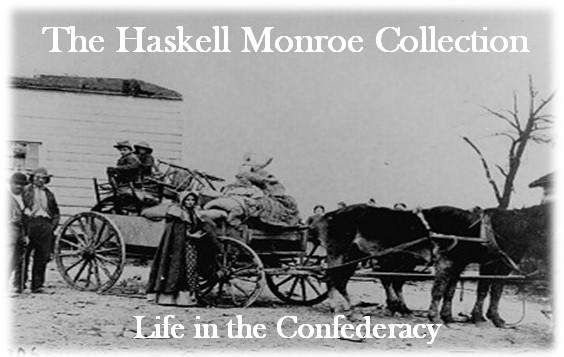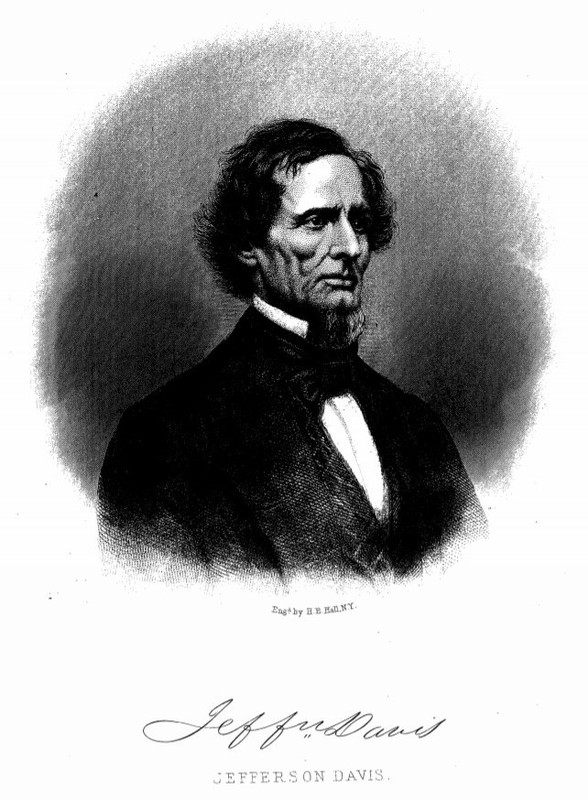Historical Events in the Confederate Veteran: Introduction
Introduction:
Founded by Sumner Archibald Cunningham, the Confederate Veteran (1893-1932) was one of the leading contributors to the creation of the Lost Cause movement. This exhibit explores how the magazine fueled the Lost Cause movement through the recollection of historical events during the Civil War.
This exhibit will explore how biases and Lost Cause ideology shaped the collective memory of historical events described in the Confederate Veteran magazine.
As William Faulkner once said, “the past isn’t dead; it isn’t even past.”
The Confederate Veteran Magazine:
After the death of Jefferson Davis in 1889, former Confederates like Sumner Archibald Cunningham sought a way for Confederate veterans to unify and reminisce over their version of the Civil War. Following Davis’s death, Cunningham published a pamphlet encouraging other veterans to help fund a statue for Davis in Richmond. After an overwhelming response, Cunningham expanded the publication from a pamphlet to a full magazine, the Confederate Veteran. Soon, the magazine became the mouthpiece for Confederate organizations like the United Confederate Veterans and the United Daughters of the Confederacy. The magazine encouraged veterans to submit their own stories and published wartime reminisces, defenses for slavery, resistance to reconstruction, and “The Last Roll,” a column of obituaries that grew with every issue.
By 1900, the Confederate Veteran was the most popular periodical of its kind with over 20,000 subscribers. The magazine ran for nearly 40 years before it dissolved during the Great Depression in 1932. In this time, the Confederate Veteran became a platform for “Lost Cause” sentiments by pandering to nostalgia for a version of the war that was created through a fabricated narrative published in its pages.
The “Lost Cause” Narrative
Published in 1866, Edward Pollard’s book The Lost Cause: a New Southern History of the War of the Confederates was the catalyst for “Lost Cause” narratives following the Civil War. This version of the war downplayed the role of slavery and portrayed Confederates as victims. It was a way for veterans to promote a constructed narrative of the war for future generations which emphasized masculinity, nostalgia, and a defense of the home. Some of the most active voices in the creation of the Lost Cause narrative were women, most notably the United Daughters of the Confederacy (UDC).
The loss of the war threatened traditional southern ideas of masculinity rooted in themes like the defense of the home and men as protectors. Women’s groups like the UDC used the opportunity to not only emphasize the role of men on the battlefield but also how women stepped to the defense of the home in their absence. They erected statues and advocated for the teaching of “true” history in southern schools, just as Lost Cause author Edward Pollard intended.
Many articles in the Confederate Veteran follow this Lost Cause narrative by creating a portrait of the innocent Southern boy who is virtuous and moral to his core and a victim of his situation who fought to secure their rights. He is gallant, self-sacrificing, brave, and a romanticized and mythological version of the past. Rather than erecting a monument in bronze or stone, the magazine sought to promote a constructed narrative of the war for future generations which emphasized nostalgia for a south that existed only in myth.
Questions to Consider:
What is the Lost Cause narrative?
How might alternative tellings of the same event shape historical memory?
The map below depicts the locations of events depicted in items of this exhibit:

